Exploring the Beauty of Barcelona: A Detailed Travel Guide
- Katy M

- Dec 2, 2024
- 4 min read
Updated: Dec 18, 2024
Barcelona is stunning — the kind of beauty that leaves you in awe while strolling its streets. Gaudí’s genius is evident everywhere, from one unique building to the next. His influence can be seen in the work of other architects who either followed his footsteps or drew inspiration from him. The result is a city that ranks among the most beautiful I've visited, and I couldn’t get enough of it.
One of Barcelona’s best features is its walkability. The city is relatively flat, and most points of interest are conveniently located within walking distance of each other. For me, walking is the ultimate way to get to know a city truly.
When to Visit
I visited Barcelona in January, seeking a European destination without the harsh winter weather. Barcelona delivered perfectly. January is a relatively dry month, with only about five rainy days on average annually. During our three-day stay, we enjoyed sunny weather with daytime temperatures ranging from 15°C to 17°C (59°F–63°F) and no rain — ideal for exploring.
Accommodation
We stayed at Hotel Regina, a modern, beautifully designed hotel with exceptional service and immaculate cleanliness. The hotel is perfectly located, just a two-minute walk from Plaça de Catalunya, the city’s central square, and within walking distance of most major attractions.
Getting Around
Barcelona is a city best experienced on foot. Its flat terrain and pedestrian-friendly streets make walking the ideal way to soak in the atmosphere. For longer distances, we used taxis via Uber, which connects to local taxi services in the city.
The city also boasts an efficient metro system. Single-ride or multi-trip tickets can be purchased from automated machines at every station, offering another convenient way to get around.
Top Attractions
Plaça de Catalunya - The central square connects the modern city to the old town. It’s a major hub where many main streets converge and a fantastic area to stay, given its proximity to most attractions.
Parc de la Ciutadella - This large park at the edge of the old town is a magnet for locals and tourists alike. It features a stunning fountain, a zoo, a lake, and sprawling lawns.

Arc de Triomf - Built as the gateway to the 1888 World Fair, this triumphal arch is located near Parc de la Ciutadella and connected to it by a pedestrian promenade.

Casa Vicens - Gaudí’s first architectural masterpiece, Casa Vicens, was designed as a residence for industrialist Manuel Vicens. Now a UNESCO World Heritage Site, this building is located in the Gràcia neighborhood, which was an independent city when it was constructed.
Casa Pàdua - An architectural gem named after the street it resides on, Casa Pàdua is a hidden treasure less frequented by tourists. Although entry is not permitted, it’s worth admiring its façade, located a short walk from Casa Vicens.

The Gothic Quarter
This historic district south of Plaça de Catalunya is home to some of Barcelona’s most iconic landmarks.
Pont del Bisbe - A breathtaking Gothic bridge connecting two historic buildings. It’s one of the quarter's most photographed spots.

Palau de la Generalitat de Catalunya - An ancient parliament building that has been preserved since medieval times and is still in use today.
Barcelona Cathedral - This magnificent Gothic cathedral, built between the 13th and 15th centuries, is the seat of the Archbishop of Barcelona.

El Petó (The Kiss) Mosaic - Near the Barcelona Cathedral, this unique mosaic by Joan Fontcuberta is composed of photographs. Created in 2014, the piece, titled "The World Began with Every Kiss," is a must-see.

Palau de la Música Catalana - This stunning concert hall, designed in the early 20th century, is a UNESCO World Heritage Site. Guided tours cost €13, and it’s also a popular venue for live performances.

Eixample Neighborhood
North of the Gothic Quarter, this area was developed in the 19th century and is now a central, bustling part of the city.
Casa Batlló - Located on Passeig de Gràcia, this iconic Gaudí masterpiece is a feast for the eyes. Its fantastical design makes it one of Barcelona’s most visited attractions.

La Sagrada Família - Gaudí’s unfinished masterpiece is one of the most awe-inspiring structures in the world. With its towering spires and intricate details inspired by nature, the interior feels like stepping into an enchanted forest. Pre-book tickets (€38) online to secure your visit.
Parc Güell - Located in the city’s northern part, this park was intended to be a residential area for Barcelona’s elite. While the project was never completed, its entrance area and few structures reflect Gaudí’s whimsical style.
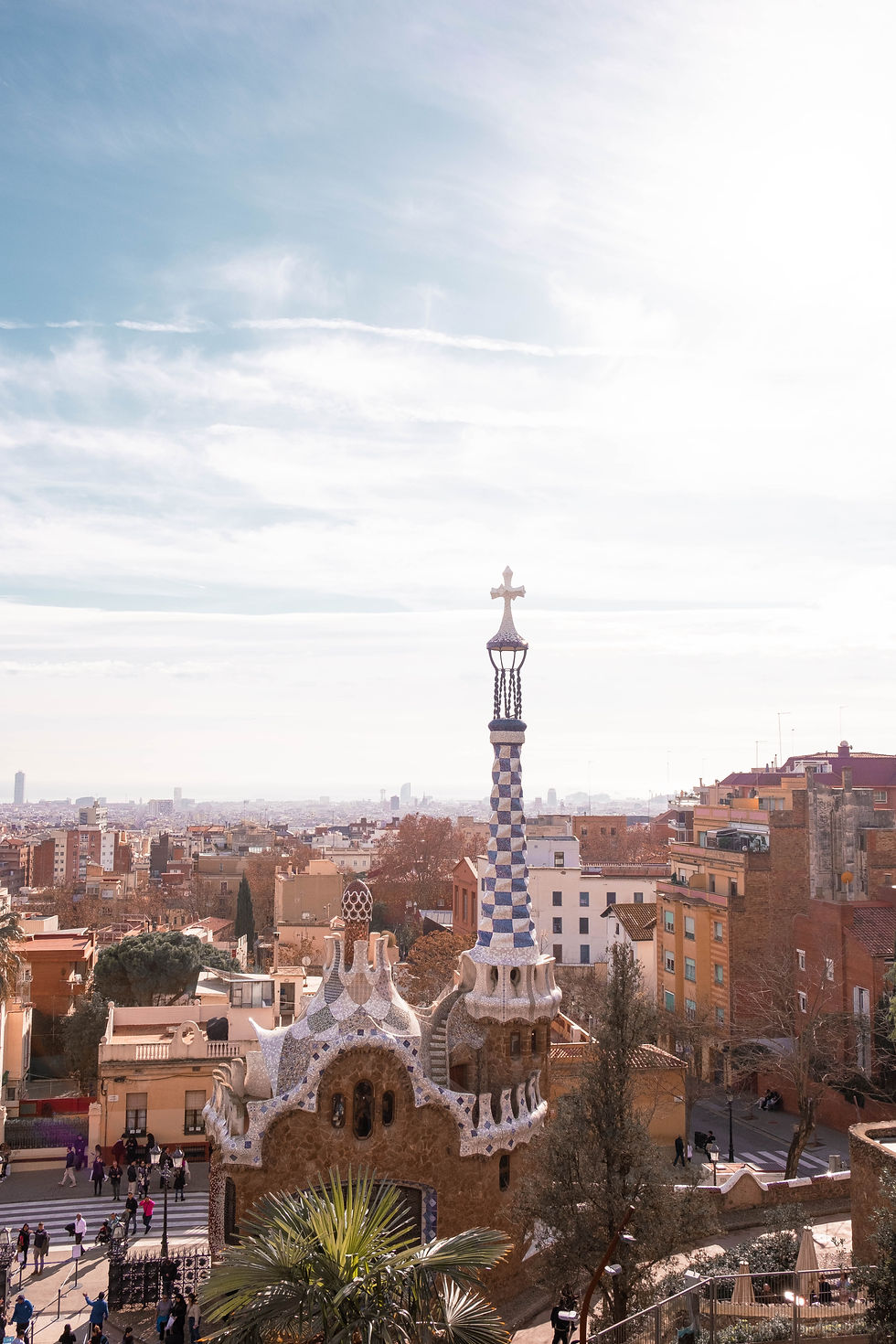
Tours
For a deeper understanding of Gaudí’s work and Barcelona’s history, I highly recommend a guided tour. We joined a GuruWalk free walking tour, where you pay what you feel is fair. The tour provided fascinating insights into the city’s development in the late 19th century, with a focus on Gaudí’s enduring legacy.
Shopping in Barcelona
La Rambla - A famous boulevard lined with shops offering everything from global brands to local treasures.
Passeig de Gràcia - This grand avenue boasts high-end luxury brands and well-known retailers, starting at Plaça de Catalunya and stretching north into Gràcia.
Carrer Gran de Gràcia - A less touristy shopping street with local brands and shoe stores, turning into a pedestrian area on weekends.
C. de Girona - A great spot for outlet shopping, including a large Mango outlet.
Avinguda del Portal de l’Àngel - A vibrant street branching off La Rambla, filled with popular fashion retailers.

.png)











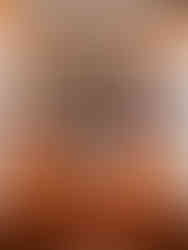






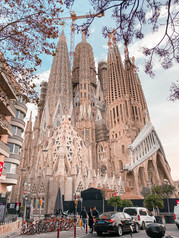


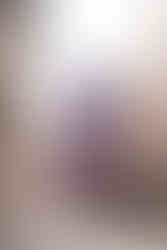






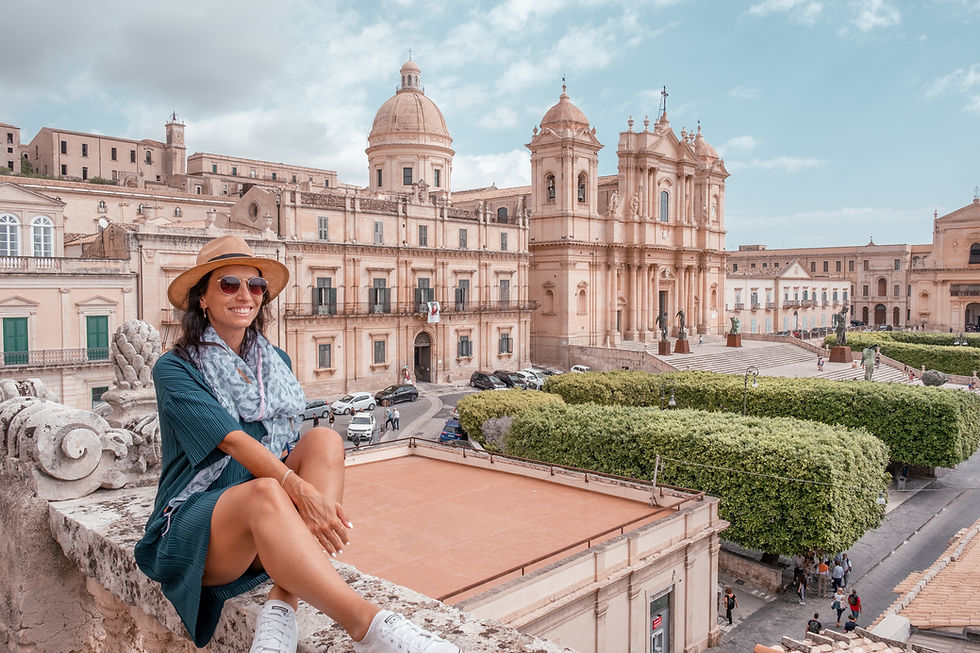



















































Comments